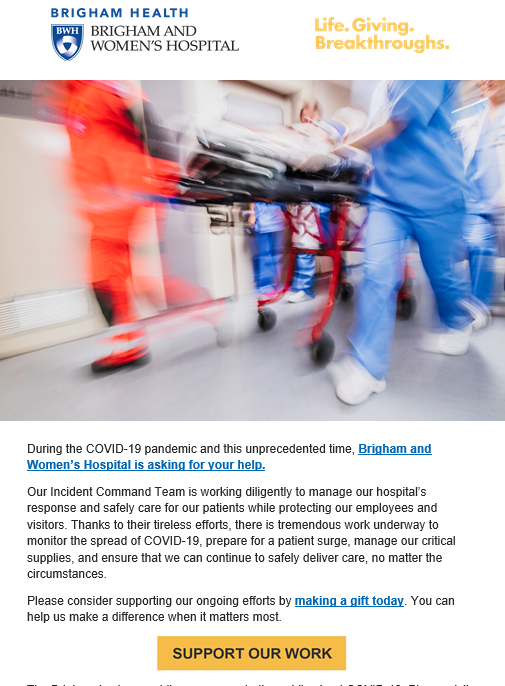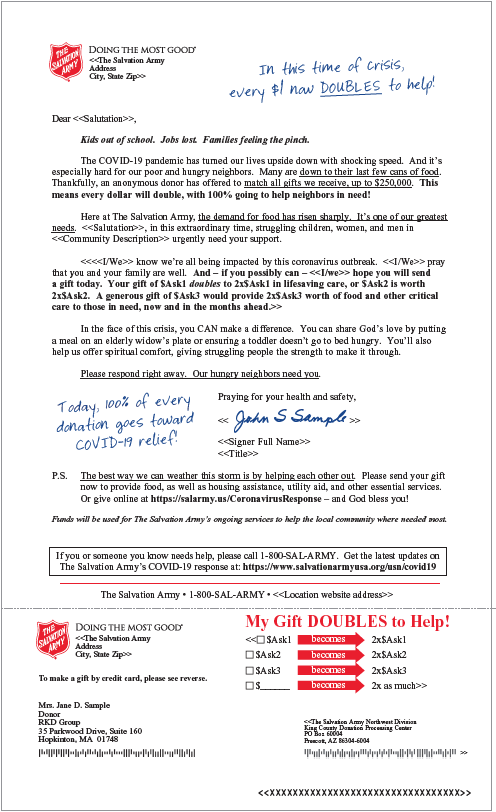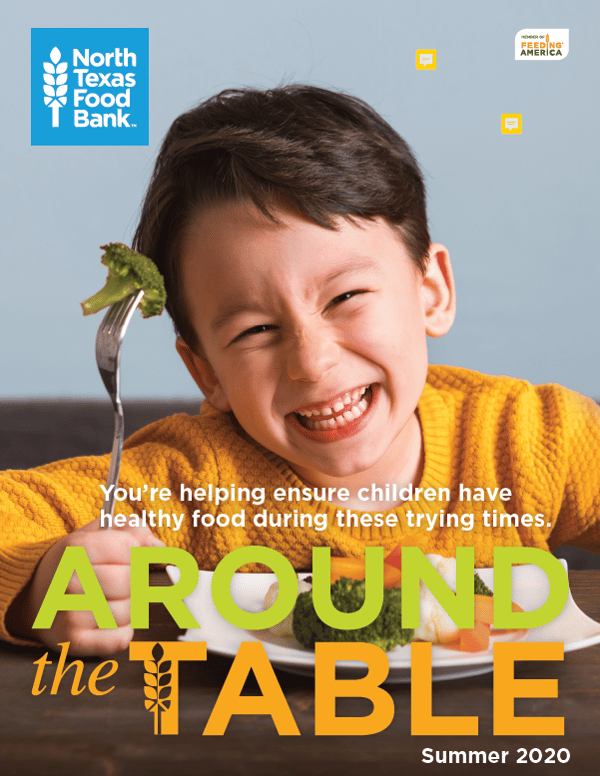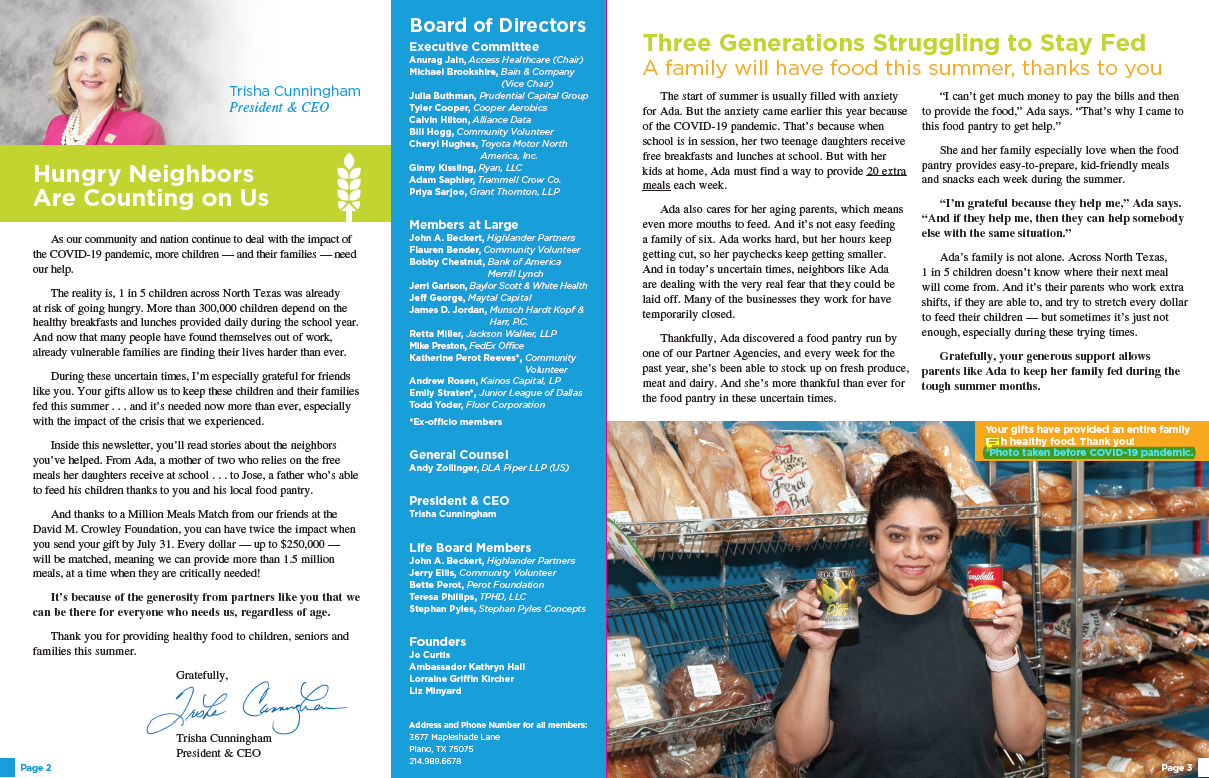Connecting with donors is the very essence of fundraising for nonprofit organizations. Among the many challenges facing nonprofits during the COVID-19 pandemic, finding the right marketing message and creative has been a difficult tightrope to walk.
On the one hand, you need funds to continue your programs and your mission – in some cases more than ever before. On the other hand, you know that many people are facing their own challenges like health worries, unemployment, schooling their children, finding meals, and more.
We know from previous disasters that this is no time to pull back your fundraising. We also know it’s not insensitive to ask, but the question is how to ask.
Now that we’re a few weeks into the process, we’ve had some time to review the approaches we’ve taken with our clients. While there is no one tactic or tip we can provide that works for all nonprofits, we’re here to offer some advice on the creative front.
REMAIN FLEXIBLE
If we’ve learned anything, the biggest piece of advice we can offer is to stay nimble and be ready to act quickly.
As recommendations from health organizations as well as federal, state and local governments change (sometimes by the day), so should strategies for addressing this crisis in copy and creative. This varies by organization and region, and it also varies by channel.
Digital channels offer the opportunity to react with great speed to adapt as the news changes. A simple email, for example, can provide an update on how the local community is impacted and why help is needed.

Direct mail, of course, is more challenging because of how far in advance planning happens.
Shortly into this crisis, we added emergency inserts that addressed the need for more support to all mailings. A week later, we were altering the letter copy to recognize the pandemic and its impact. Greatly affected organizations even sent out emergency appeals.

The key is to plan ahead and determine what your next step will be.
ADJUST YOUR UPCOMING THEMES
If you haven’t already, now is the perfect time to review your communication calendar on all fronts. Check to see if each message makes sense in light of our current environment.
Food banks offer a great example. Many food banks have seen a surge in online donations as people have stepped up to help support those in need.
But looking ahead, future campaigns like “summer hunger” that offer to help feed children who are now out of school don’t make much sense. Most students have been out of school since March.
Here’s a look at how we’ve adjusted the newsletter for one of our food bank clients:


Scheduled social media posts and digital ads should also be reviewed regularly – what seems appropriate now may seem out of touch in a week or two. The same applies to email drip campaigns.
It’s important to view every image and line of copy through the prism of “how might the donor feel about this when they receive it.
KEEP THE DONOR FRONT AND CENTER
”Nonprofits would all love to personally reach out to each donor, thank them for their gift and update them on the impact it’s making. In the absence of an unlimited amount of time and resources, direct-response marketing does much of the heavy lifting for making these connections.
People are isolated, and they’re craving that human connection. That’s why it’s so important – now more than ever – to keep your creative donor-centric.
Avoid talking about your organization’s needs and how their gift will help the organization do its works. Focus, instead, on how donors can make an impact on the mission. Share the needs of those who need help.
With everything going on in the world right now, people need this. They feel helpless. They’re stuck at home with no way to fight back against an invisible, slow-moving enemy.
Donors want to find a way to do something about the coronavirus pandemic. Make them the hero who comes in to help people. All it takes is a subtle shift in language to remove the middleman (your organization) out of the discussion.
As you plan your fundraising creative in the coming weeks, keep these three bits of advice in mind: remain flexible, adjust your themes and stay donor-centric.





Leave a comment: